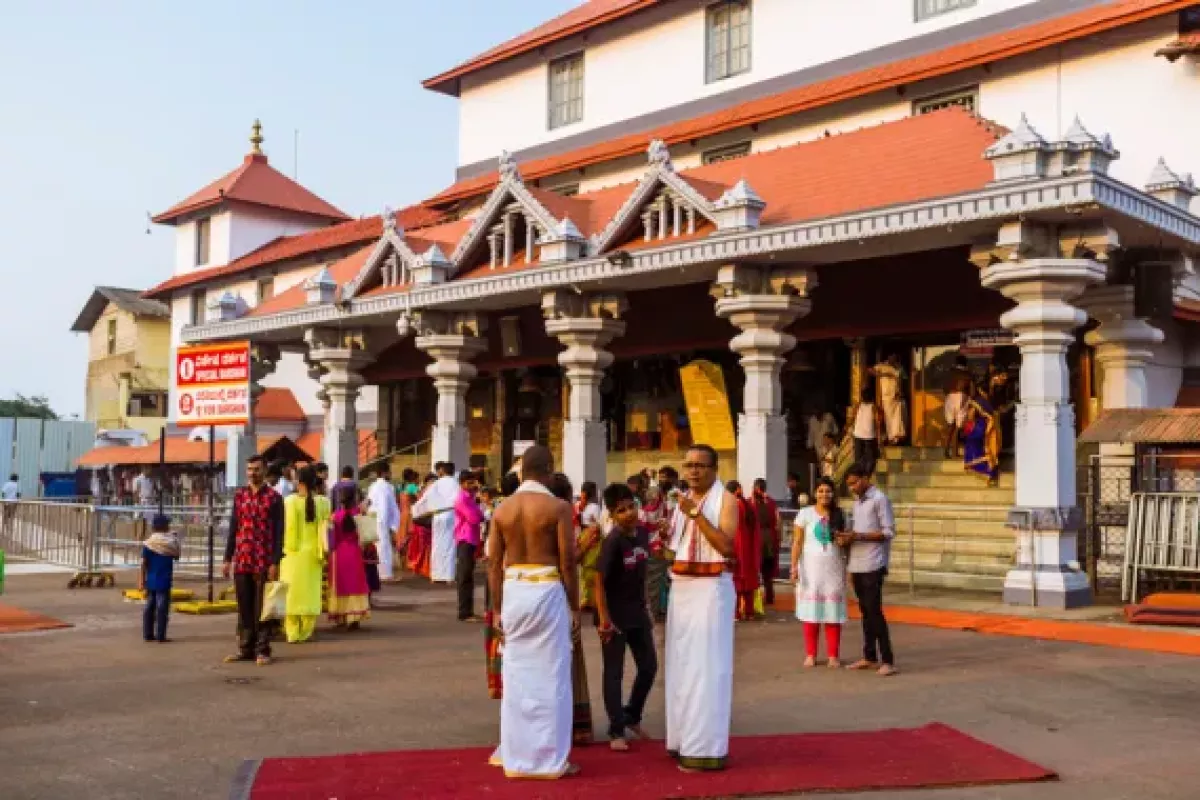Hindu temple worker exposes alleged mass killing of marginalized girls in Indian institution
A shocking revelation from a 48-year-old Dalit man has brought to light allegations of one of the most disturbing crime sprees in India’s recent history linked to a cherished Hindu temple. After decades of living under fear and guilt, and 12 years in hiding, the man appeared before police in Karnataka this week, offering testimony that he witnessed and was coerced into disposing of “hundreds of bodies” during his nearly 20 years of employment as a sanitation worker at the Dharmasthala temple.
Located in India's Karnataka state, Dharmasthala is an 800-year-old Hindu pilgrimage village that receives thousands of daily visitors. However, beneath its revered surface may lie a dark and horrifying secret. The whistleblower, whose identity remains protected by law, told police on July 3 that between 1995 and 2014, he was repeatedly forced to bury or burn the bodies of people — mostly women and girls — who were allegedly raped and murdered. He says he was often beaten and threatened with death if he refused to comply.
“I can no longer bear the burden of memories of the murders I witnessed, the continuous death threats to bury the corpses I received,” he said in his police statement, as reported by Al Jazeera, “and the pain of beatings – that if I did not bury those corpses, I would be buried alongside them”.
The man recounted receiving instructions from temple supervisors to bury bodies at discreet locations, often near the Nethravathi River in the Belthangady area. In some cases, he says, he burned the corpses using diesel. He provided deeply disturbing details, including a 2010 incident where he buried the body of a teenage girl, likely aged between 12 and 15, found near a petrol pump. She was wearing a school shirt, but her skirt and undergarments were missing — clear signs, he alleged, of sexual assault.
The supervisors, he alleged, would call him to specific locations where there were dead bodies. “Many times, these bodies were of minor girls. The absence of undergarments, torn clothes, and injuries to their private parts indicated brutal sexual assault on them,” he said. “Some bodies also had acid burn marks.”

After enduring years of mental trauma, the breaking point came in 2014, when a girl from his family was allegedly sexually harassed by someone connected to the temple’s staff. Fearing for their safety, he fled Dharmasthala with his family and began a life in hiding, moving frequently between towns in a neighbouring state. However, the weight of his silence eventually became too much.
He is now cooperating with authorities, offering to undergo polygraph and brain-mapping tests, and has helped identify suspected mass grave sites. He even exhumed a skeleton at one location and submitted it, along with photographic evidence, to the police and court. His testimony has sparked massive public outcry, leading the Karnataka government, ruled by the Congress party, to form a Special Investigation Team (SIT) to investigate his claims.
India's long trail of sexual assault cases
As the investigation proceeds, the man’s testimony could open a long-ignored chapter of mass violence and systemic abuse in a religious institution long held in high esteem.
This case is particularly sensitive due to the caste dynamics involved, as an article by DW underscores. The complainant is a Dalit, a member of India’s most marginalized and historically oppressed caste group. Dalit women, in particular, are often targets of sexual violence used as a weapon of oppression by dominant caste men. According to India's National Crime Records Bureau, nearly 90 rapes are reported every day — though rights groups believe the actual number is much higher due to underreporting caused by fear, stigma, and distrust in law enforcement.
Allegations of rape and murder around Dharmasthala are not new. In 1987, the rape and killing of 17-year-old Padmalata triggered protests, which were later suppressed. In 2012, the unsolved case of teenage victim Sowjanya sparked another wave of demonstrations. Families and activists have also linked other missing persons, such as medical student Ananya Bhat in 2003, to suspicions of mass graves and systemic cover-ups.
Senior human rights lawyer S. Balan told Al Jazeera that mysterious disappearances in the area date back to 1979 and have likely affected hundreds of young women and girls. “The souls of young girls are crying for justice,” he said. “India has never seen this gravity of offence in its republic after independence.”
By Nazrin Sadigova








